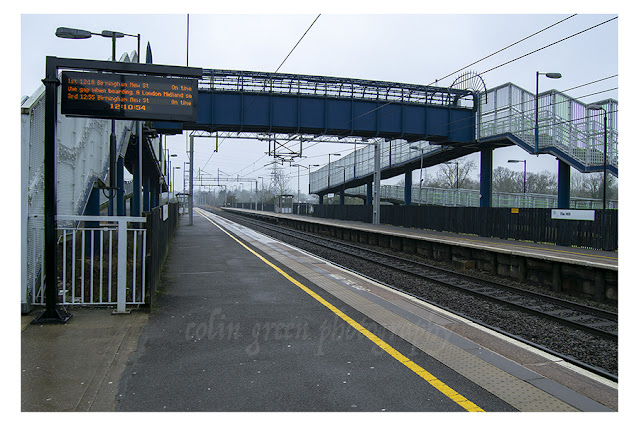Scarborough. The very name conjures images of bracing sea air, sandy beaches, and classic British holidays. As the largest resort town in North Yorkshire, this coastal gem has a rich history intertwined with the industries of fishing and, of course, tourism. Join us on a nostalgic trip through a collection of vintage postcards, offering glimpses into Scarborough's past and highlighting some of its most iconic attractions.
The Grandeur of the South Bay Bathing Pool
Imagine a time when outdoor swimming pools were a novelty, especially along the British coast. That's exactly what Scarborough offered with its magnificent South Bay Bathing Pool. The brainchild of borough engineer Harry W. Smith, who was inspired by a similar facility in Guernsey, this ambitious project promised a revolutionary experience for bathers.
Construction began before the outbreak of World War One, and remarkably, the pool officially opened in 1915. It featured different depths, exhilarating diving boards, and even water chutes – amenities that would have been a true first for Britain. Designed not only for recreation but also to combat coastal erosion, the pool was meticulously filled daily with fresh seawater, thanks to the rhythm of the tides. For decades, it was a wildly popular attraction, drawing crowds seeking refreshing dips and lively entertainment. Sadly, the pool closed in the 1980s and the site eventually fell into disrepair, a poignant reminder of changing times.
The Ill-Fated North Bay Pier
While the South Bay revelled in its bathing pool, the North Bay had its own grand vision: a magnificent pier. Opened on May 1st, 1869, the North Bay Pier, constructed by Josiah Foster Fairbank, was intended to serve as both a steamer landing and a promenade. Stretching an impressive 1000 feet (305 meters) out to sea, it was a significant architectural statement.
However, the pier's life was plagued with misfortune. It was frequently struck by steamers at its head and consistently struggled to turn a profit, changing hands numerous times. Its fate was sealed on January 7th, 1905, when a devastating storm wrecked a large section, leaving only the head and entrance standing. The pier closed permanently after this, with the remaining head demolished shortly after, and the iconic entrance pavilion following suit in 1914. A testament to nature's power, the North Bay Pier remains a captivating chapter in Scarborough's history of ambition and the unforgiving sea.
The Enduring Charm of Peasholm Park
For a more tranquil escape, visitors to Scarborough have long been drawn to the picturesque Peasholm Park. Opened in 1912, this beautiful green space offers a delightful array of attractions. Peasholm Glen provides a serene pathway amidst lush foliage, while a putting green invites friendly competition. The park's crowning glory, however, is its boating lake, famous for staging mock naval battles three times a week during the high season – a truly unique and entertaining spectacle that continues to delight visitors of all ages.
Like many public spaces, Peasholm Park experienced a period of decline from the 1970s onwards, even facing a temporary closure after a fire destroyed some buildings in 1999. But thanks to vital Heritage Lottery funding, the park has been beautifully restored to its former glory and is once again a beloved and thriving attraction, a verdant oasis in the heart of the town.
More Glimpses of Scarborough's Past
Beyond these highlights, the collection of postcards offers fascinating glimpses of other significant Scarborough landmarks. Imagine the opulent relaxation of the Turkish Baths, a true luxury in its time. The Floral Hall would have been a hub for entertainment and social gatherings, while the grand Railway Station served as the gateway for countless holidaymakers arriving in the town. And of course, the Open Air Theatre, a testament to Scarborough's long-standing commitment to entertainment, remains a popular venue for performances to this day.
These 25 postcard images provide a wonderful window into Scarborough's vibrant past, showcasing its evolution from a fishing port to a beloved seaside resort. They remind us of the ingenuity, the challenges, and the enduring charm that define this special corner of North Yorkshire.





















































